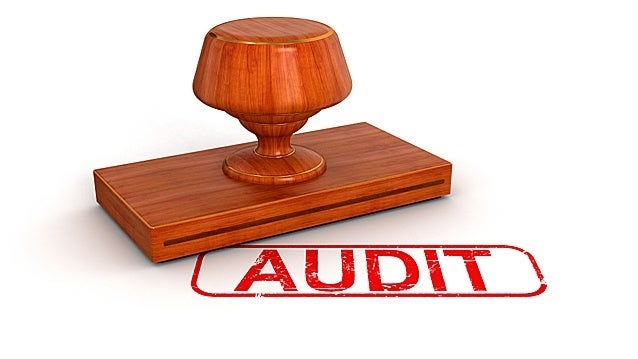Equipment Qualification is used as an umbrella term covering the steps that ensure an instrument or equipment is appropriate for its intended use. Qualification involves testing equipment to demonstrate that it does what it is supposed to do.
The general saying is that
“We qualify a system and/or equipment and validate a process”
The benefits of qualifying each piece of equipment that is involved in the manufacture of medicinal products is very obvious from patient safety, business aspects and the need to continually be in compliance with regulatory aspects.
Below is a list of some of the most common findings in audits when it comes to the qualification of equipment.
Common Audit Findings
1. Failure to document and investigate discrepancies;
2. Failure to follow a change control system for equipment;
3. Equipment systems were not adequately qualified (IQ, OQ, PQ);
4. No Computer System Validation Philosophy / Plan;
5. Worst-case conditions are not undertaken during the validation study;
6. Cleaning failures noted in the ongoing cleaning validation program are not investigated and corrected;
7. The maintenance person was using an obsolete SOP for maintenance and calibration of equipment;
8. The firms cleaning validation program has not addressed how long a product can remain in the processing equipment before the equipment must be cleaned;
9. There are no maintenance records for the machines to indicate when routine repairs and replacement of parts is performed;
10. Filters used to sterilize bulk drug solutions are not being subjected to a pre-filtration integrity test;
11. There are no written procedures for calibration and preventive maintenance of laboratory instruments;
12. Lack of adequate recording systems for calibration of sensors.

